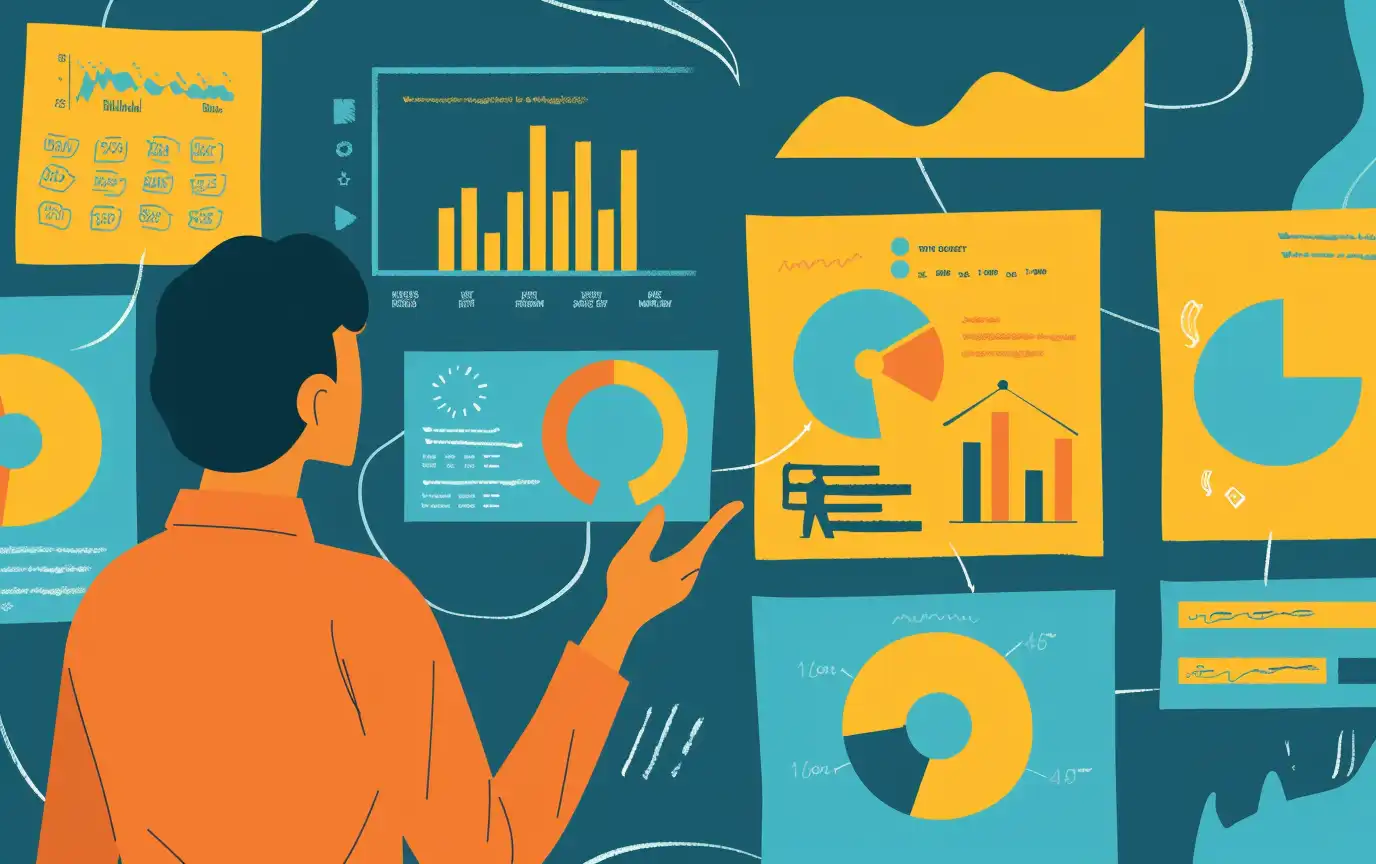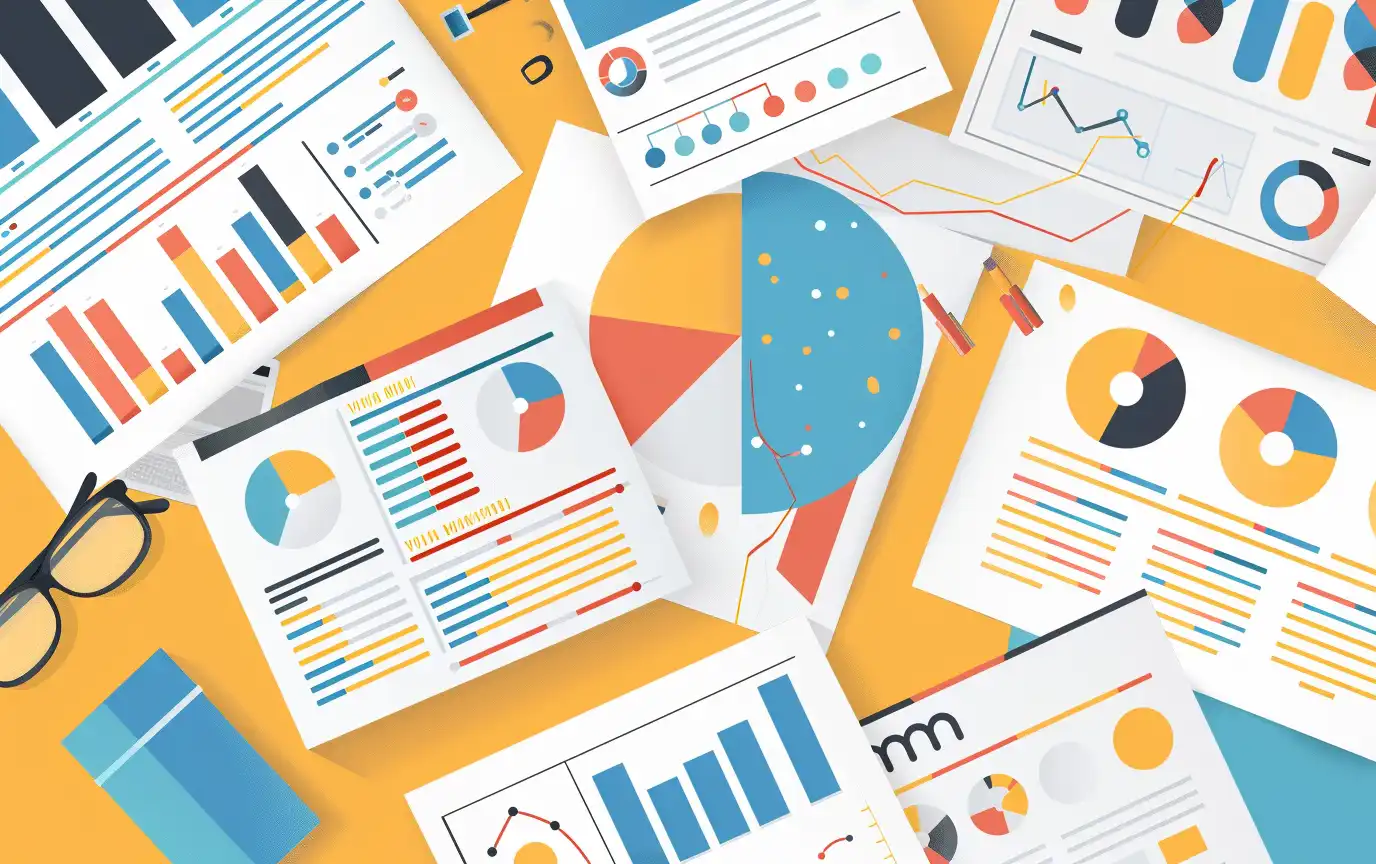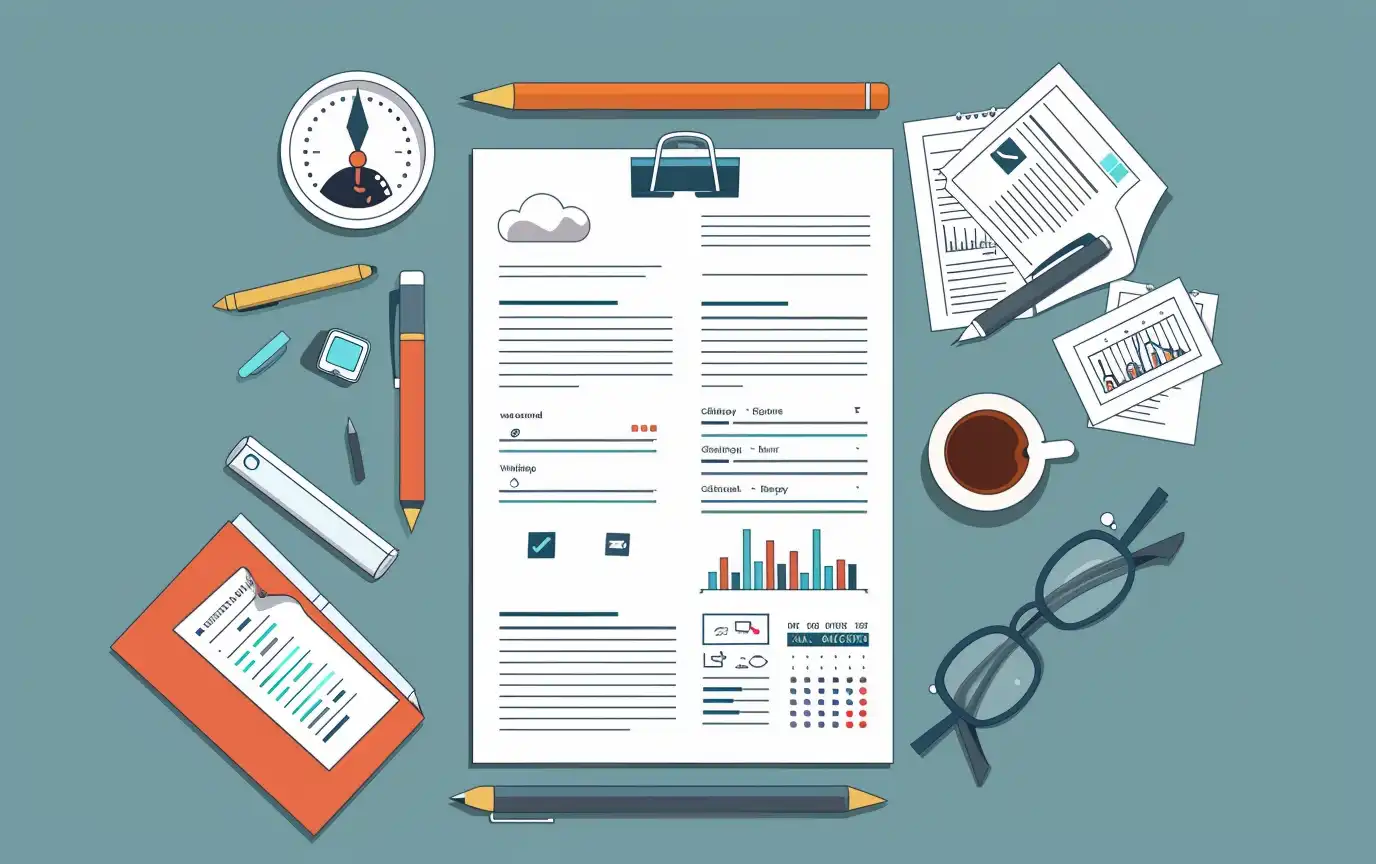
Subscribe Here and Stay Up to Date
July 12, 2024


In this digital age, resumes are no longer just text-based documents. They have evolved into dynamic, creative, and visual representations of one’s career journey. The use of graphics and data visualization in resumes, often referred to as visual storytelling, has emerged as a powerful strategy to make your resume stand out in the job market.
Graphics and data visualization can make your resume more engaging. They break up large blocks of text, making the document easier to read and understand. Graphics can include anything from charts and graphs to icons and infographics. They can be used to represent your skills, experiences, achievements, and more in a visually appealing way.
Data visualization, on the other hand, is a method of presenting data or information in a graphical format. It's a powerful tool that can highlight your achievements and skills. For instance, you can use a bar chart to illustrate your proficiency in different skills or a pie chart to show the distribution of your time spent on different projects.

Visual storytelling is all about conveying information through visual narrative. It's not just about adding pretty pictures to your resume. It's about using visuals to tell your career story in a more compelling way. Start by choosing the right type of visuals. Use graphs or charts to represent numerical data, icons for skills, and timelines for your career path. Make sure your visuals are clear, simple, and consistent in style. Use colors strategically to draw attention to key information. Always remember, the goal is to enhance your content, not to overshadow it. Finally, always tailor your visuals to the job you're applying for. Use visuals that are relevant to the job description and the industry.

There are many ways to incorporate visual storytelling in your resume. For instance, a graphic designer might include samples of their work or create an infographic resume. A project manager could use a Gantt chart to illustrate their project timelines. A marketer might use a pie chart to show the results of their marketing campaigns. The key is to choose visuals that best highlight your skills, experiences, and achievements.
While visual storytelling offers numerous benefits, it also presents some challenges. Not all industries or recruiters appreciate creative resumes. It's also crucial to strike a balance between creativity and professionalism. On the flip side, visual storytelling provides an opportunity to showcase your creativity and differentiate yourself from other candidates. It can also highlight your skills in data visualization and graphic design, which are increasingly in demand in many industries.
In conclusion, visual storytelling can make your resume more engaging, memorable, and impactful. It's a powerful tool to differentiate yourself in the competitive job market. So, why not give it a try? With Up Your App, you can create a custom resume using AI based on your actual job experience and the job description.